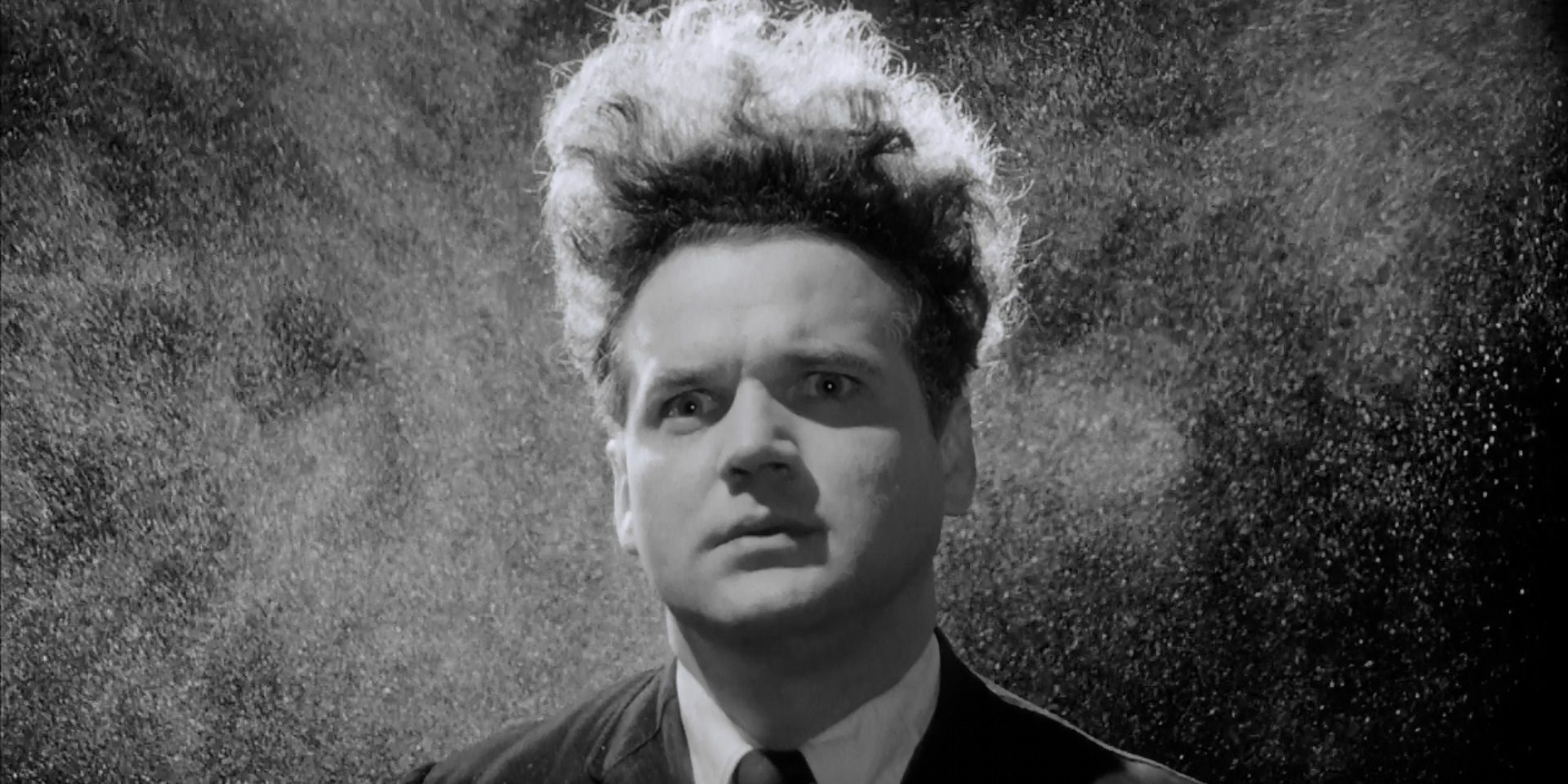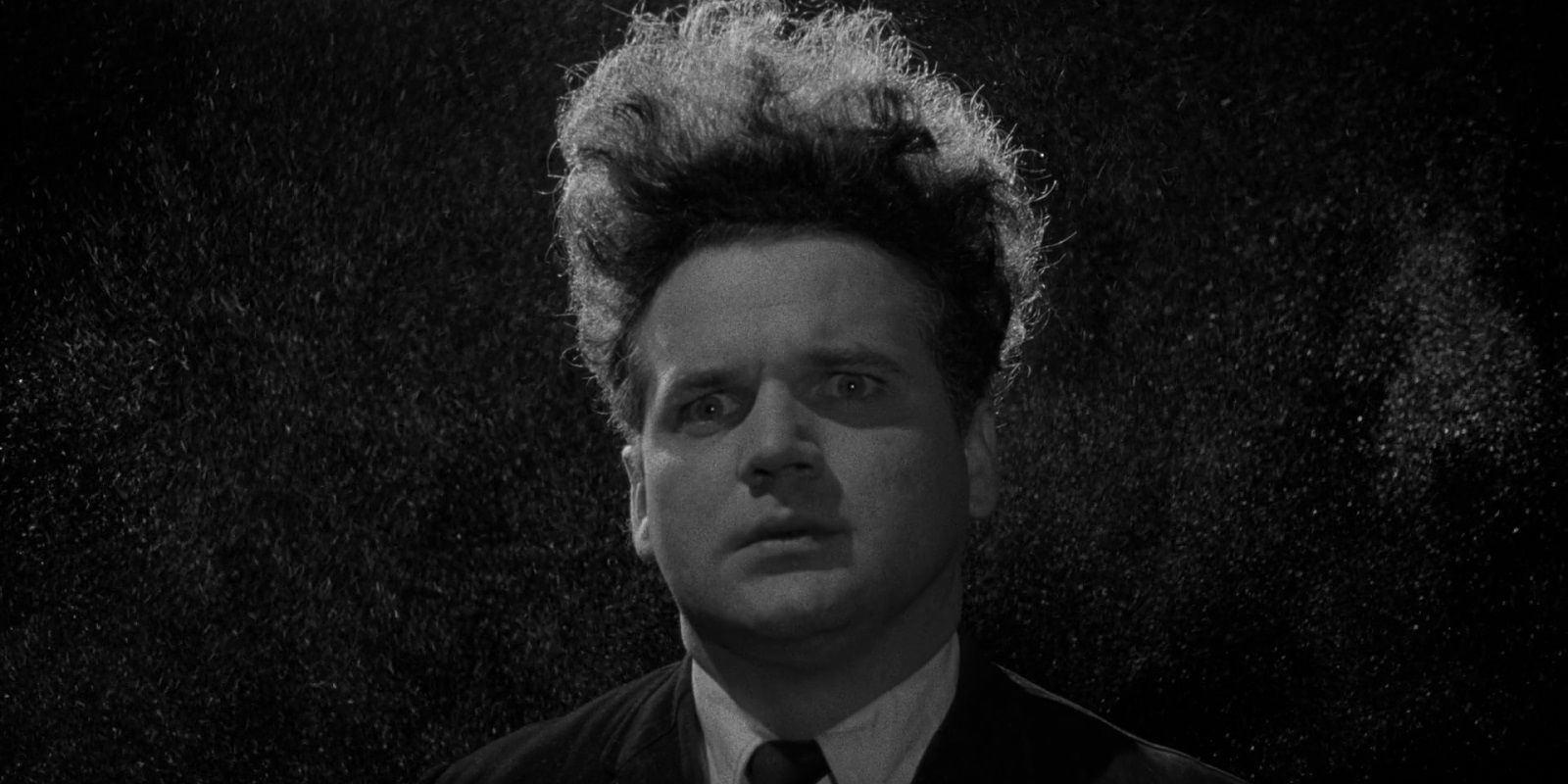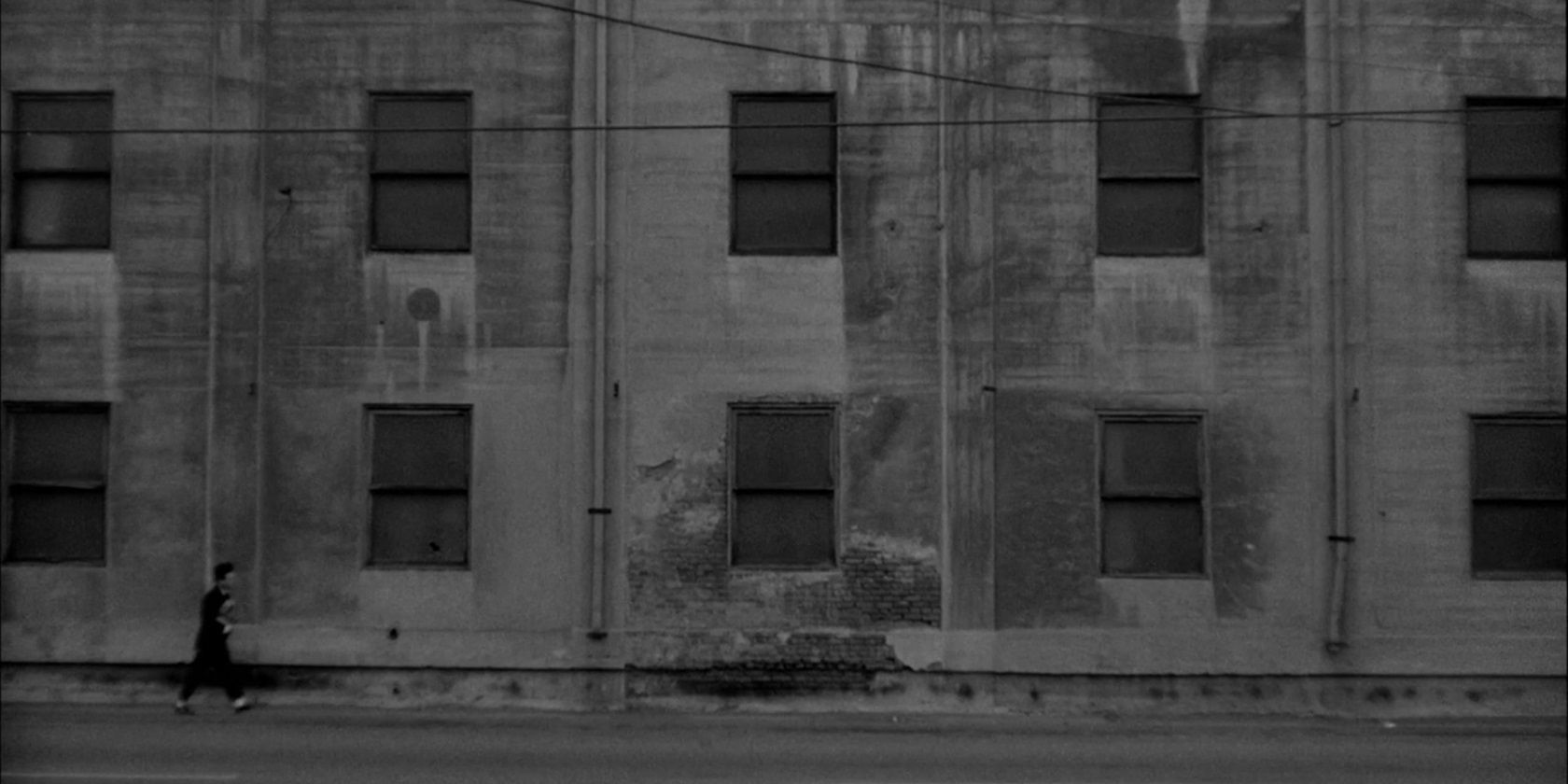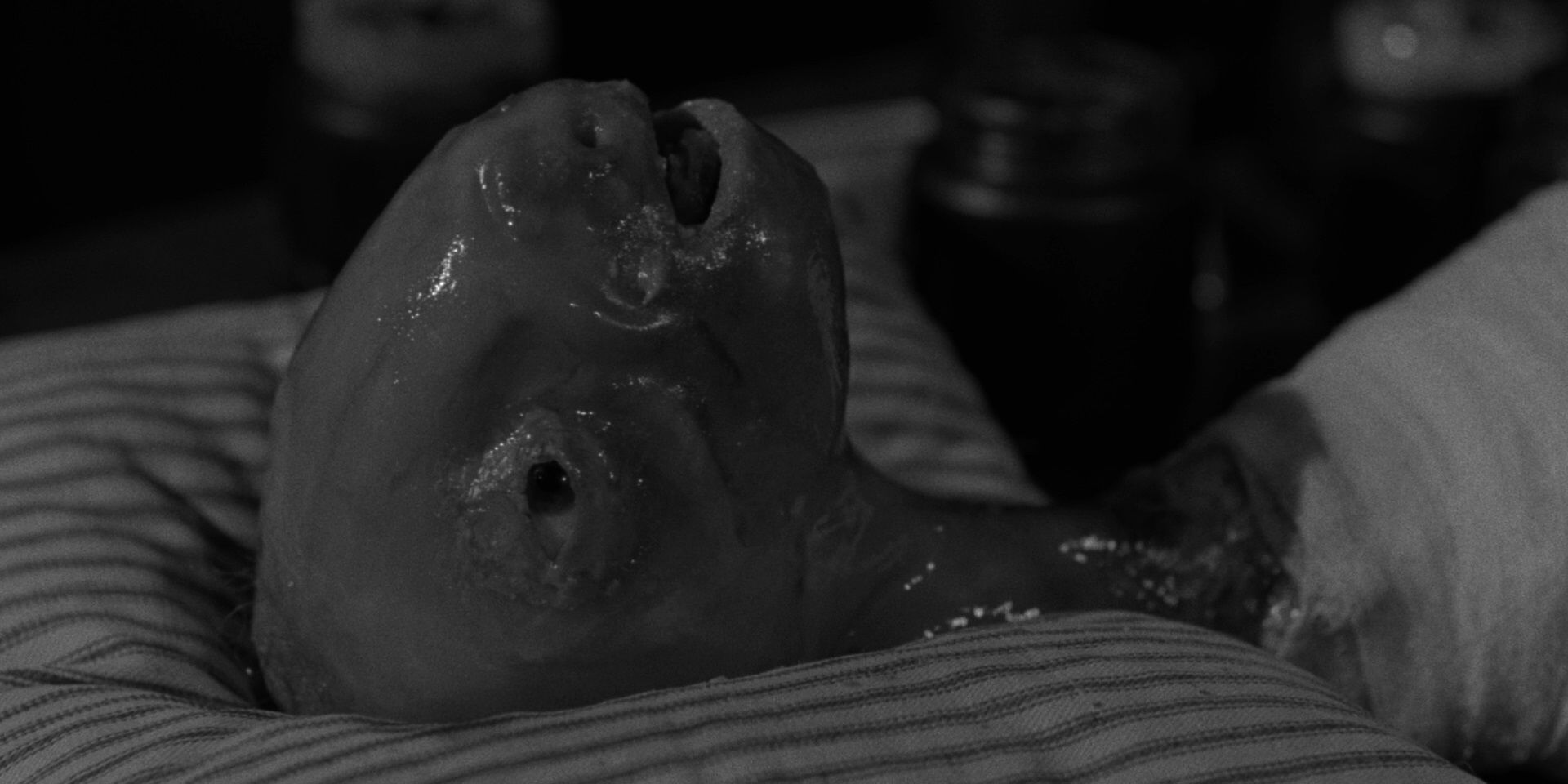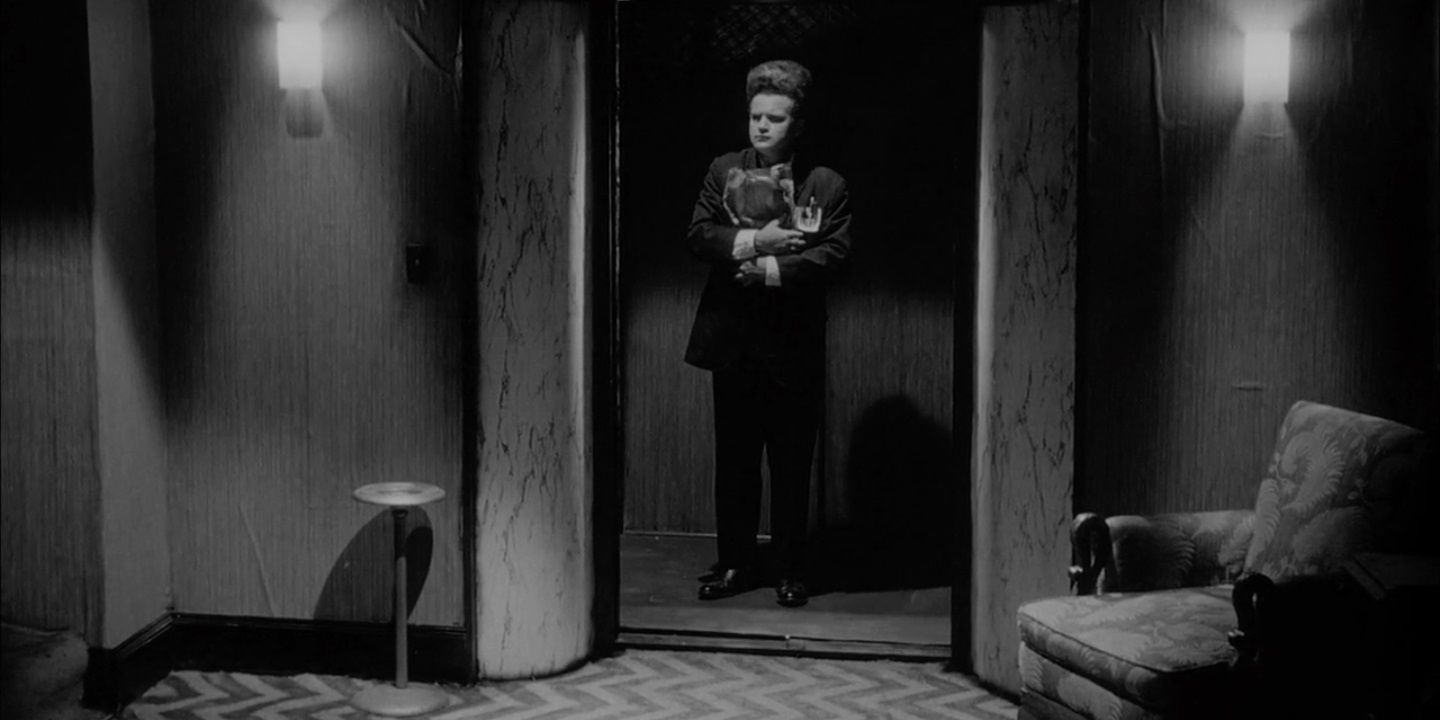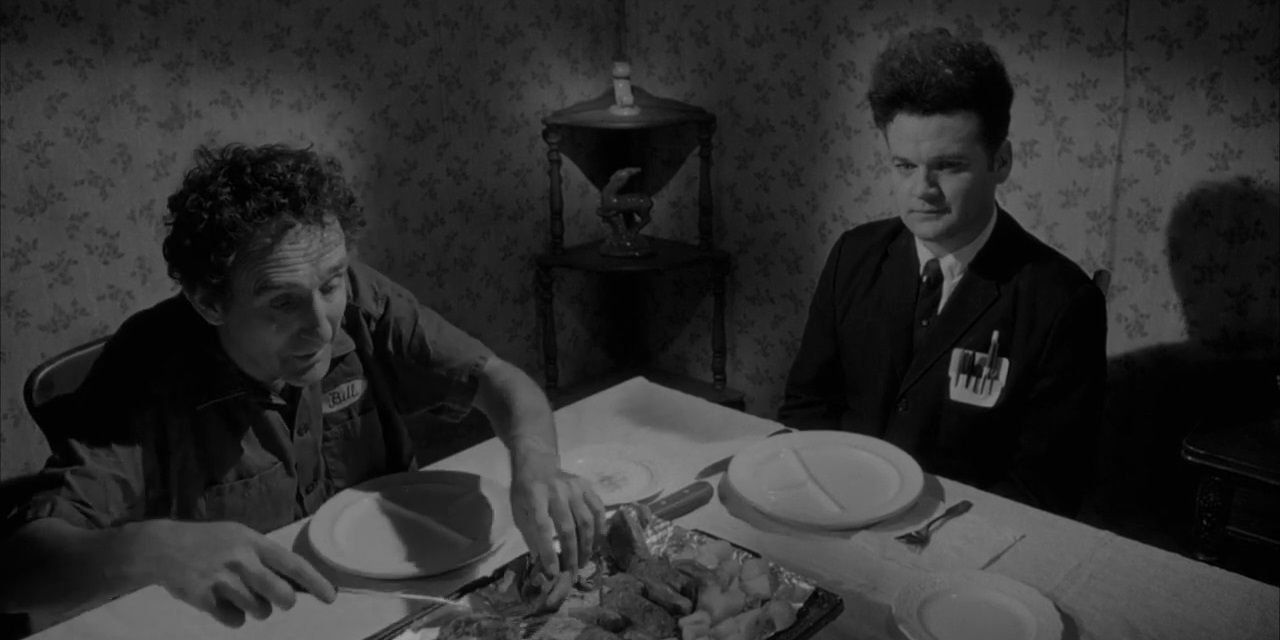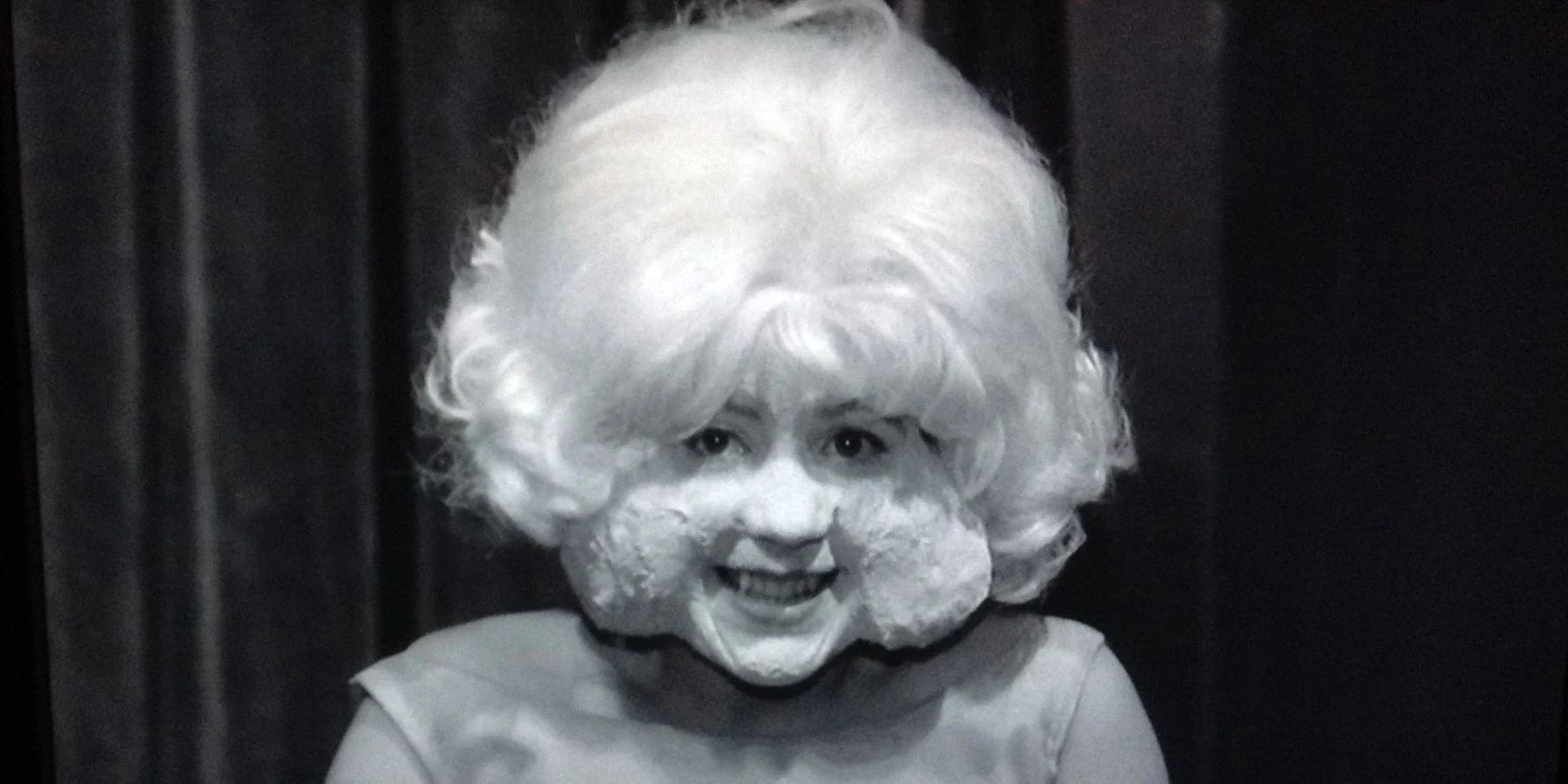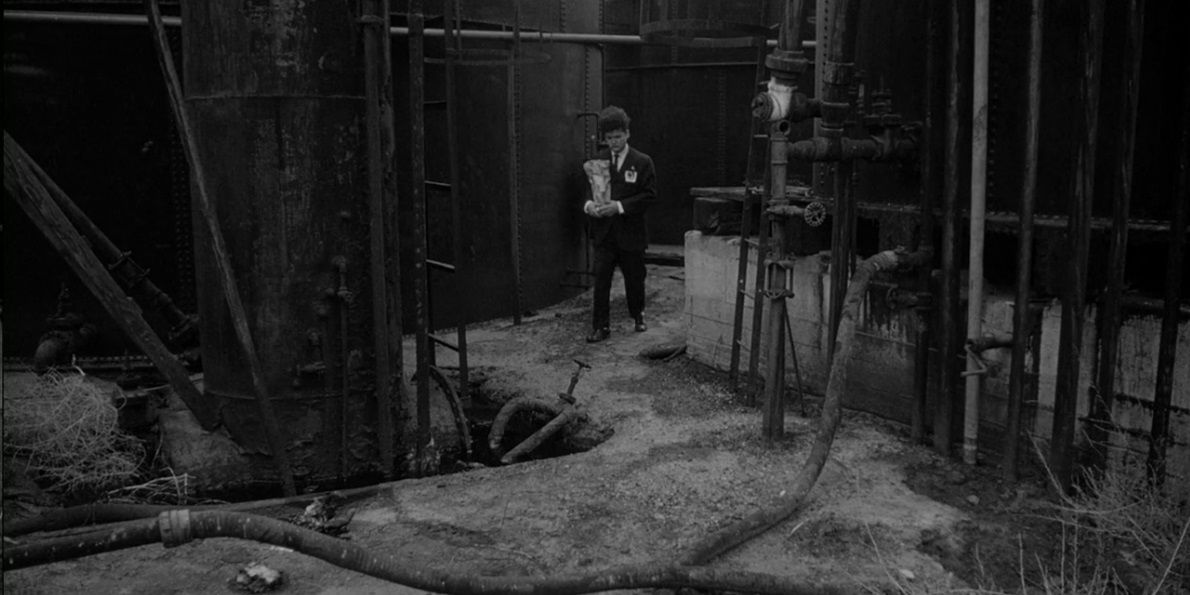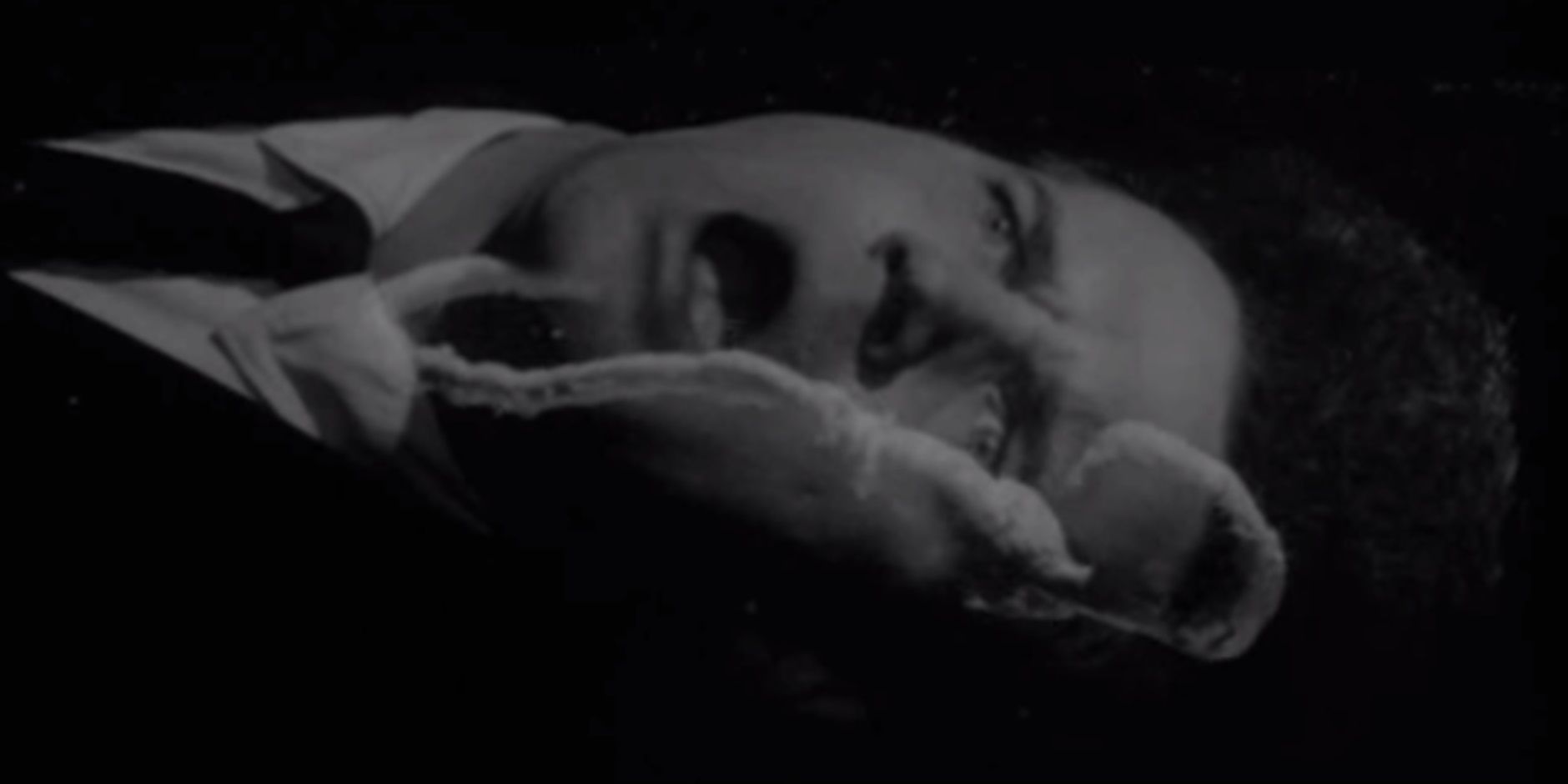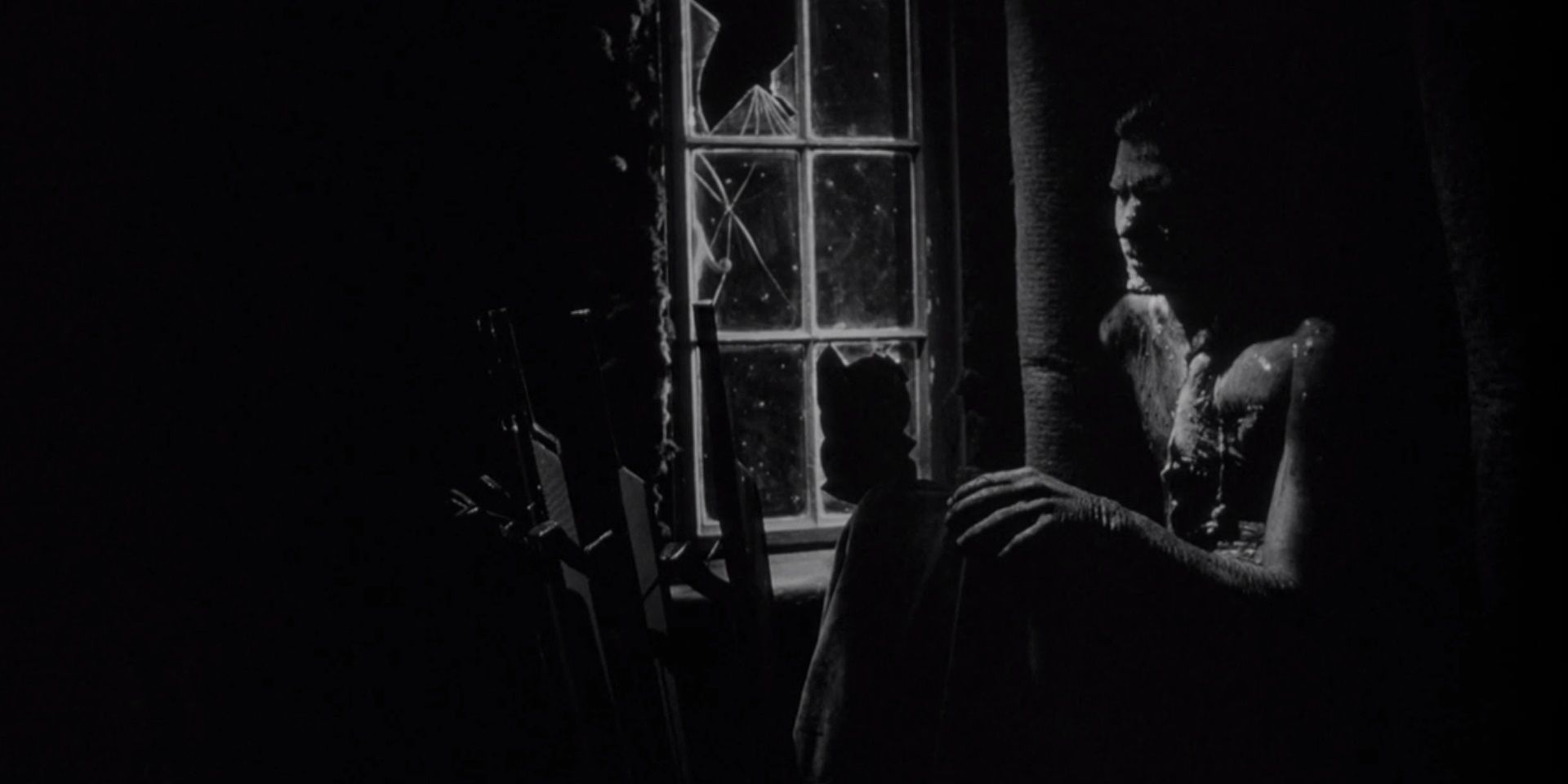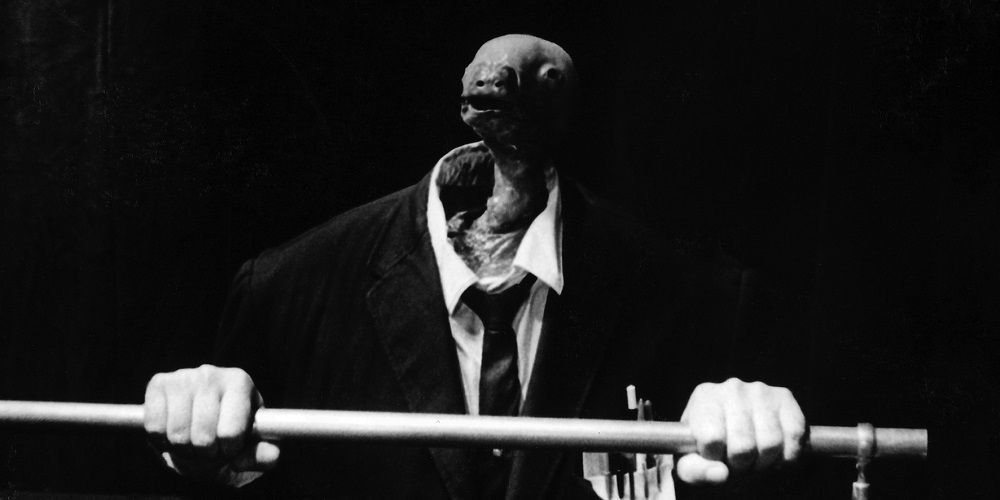Love his films or hate them, there’s no denying that David Lynch is one of the most unique visionaries working in cinema today. The director burst onto the scene in 1977 with the experimental body horror opus Eraserhead. Produced on a shoestring budget with unknown actors, Eraserhead laid the groundwork for the style that Lynch would eventually hone with Hollywood money and A-list stars later in his filmography.
It’s often said that filmmakers only ever make one movie and spend their careers making that movie over and over again. That’s at least partially true of Lynch, who established many of his directorial trademarks in his first movie.
Magic Realism
Lynch’s films are noted for their magical realist style. When something outright surreal happens in a Lynch movie, the characters that inhabit his curious alternate world don’t question it. This is as prevalent in Eraserhead as any of Lynch’s other movies.
There’s been a lot of debate about Eraserhead’s setting, with some fans claiming it’s a post-apocalyptic wasteland or some kind of purgatory, but it appears to be a magical realist version of Pittsburgh.
Surreal America
Save for The Elephant Man which takes place in Victorian England and Dune which takes place in a fictional galaxy, David Lynch’s films are about America. He grew up in America, he admires a lot about his home country, and he tends to reflect a familiar Americana with a surreal twist in his movies.
This can be seen, for example, in Blue Velvet’s opening shots of the superficial perfection of the suburbs contrasted with the insects festering in the ground underneath freshly cut suburban lawns. Eraserhead’s exaggerated industrialist setting reflects the increasing industrialization of the United States.
Deformity
A startling number of David Lynch movies featured deformed characters. The most obvious example is John Merrick from The Elephant Man, but it can also be seen in Baron Harkonnen in Dune, or when Jeffrey finds the Yellow Man with a horrific head wound in the closing scene of Blue Velvet.
This all started with the deformed baby in Eraserhead, which many critics have speculated was created by dressing up a rabbit.
Ambient Noise
One of the defining hallmarks of Eraserhead is its sound design. There’s a wall of ambient noise layered over many of the scenes – including the awkward dinner scene – which amp up their palpable atmosphere.
Lynch has since been using ambient noise to create a creepy atmosphere in almost all of his movies. The sound design of Mulholland Drive is particularly reminiscent of Eraserhead’s.
Mundanity With A Bizarre Twist
With the exception of non-original movies like The Elephant Man and Dune, David Lynch tends to present a hilariously mundane look at daily life and imbue it with several bizarre twists, like a severed ear in the middle of a familiar suburbia.
On the surface, Eraserhead is the story of a young man who meets his girlfriend’s parents and then struggles to raise a baby, but there are a lot of surreal twists on top of that, like the baby looking like an alien.
Diegetic Music In Dreams
During a dream sequence in Eraserhead, the Lady in the Radiator sings “In Heaven.” This established a recurring hallmark of David Lynch’s films, as a ton of his characters enjoy diegetic music in their dreams.
In the second episode of Twin Peaks, diegetic music carries from a dream sequence into the waking world. In Blue Velvet, “In Dreams” by Roy Orbison is heard during a dream sequence.
Industry
Industry fascinates David Lynch. It’s been a significant theme in most of the director’s work, starting with Eraserhead, which is set in an industrial wasteland that hyperbolizes the effects of factories and oil drills.
Lynch’s movies are filled with recurring imagery like heavy machinery at work and noise-polluting woodmills. The filmmaker has noted his affinity for large machinery and the sounds that machinery makes.
Sexual Themes
There are strong sexual themes in Eraserhead, as the opening shot depicts conception and the story as a whole is about Henry Spencer’s simultaneous fear of and obsession with sex. The movie is filled with sperm imagery and the typical “girl next door” vibes of the Lady in the Radiator disappear when she breaks into a mad musical number.
Lynch has continued to explore sexual themes in his work, like graphically depicting sexual assault in Blue Velvet, and the relationships between Betty and Rita and Diane and Camilla in Mulholland Drive have been read as a commentary on queer identities.
Supernatural Characters
Lynch’s penchant for creating characters with supernatural powers and placing them in a somewhat recognizable reality was established in Eraserhead with the Man Inside the Planet.
The director’s work later went on to introduce such paranormal characters as Bob in Twin Peaks, the Bum in Mulholland Drive, the Mystery Man in Lost Highway, and the Phantom in Inland Empire.
Open To Interpretation
David Lynch doesn’t like to make movies whose messages and ideas and conclusions are 100% clear. Every Lynch movie is open to interpretation and the director is hesitant to tell fans if their interpretations are right or wrong, because there are no right or wrong interpretations of a work of art. This began in Eraserhead, which has been analyzed a number of different ways.
Ultimately, the meaning of the creepy baby and the shriveled chicken and the Man in the Planet pulling his levers are in the eye of the beholder. The same goes for the cowboy in Mulholland Drive, the giant in Twin Peaks, and the line “He put his disease in me” in Blue Velvet.

